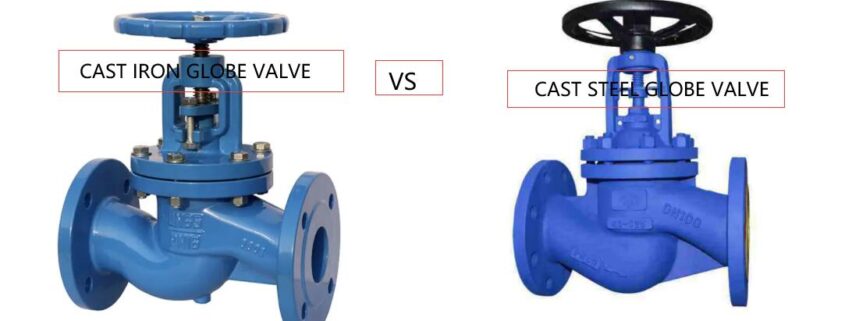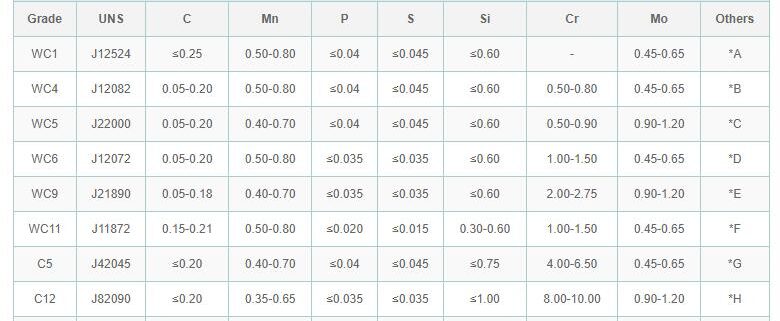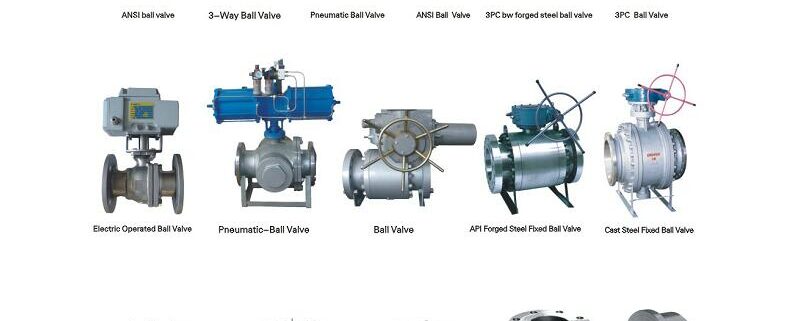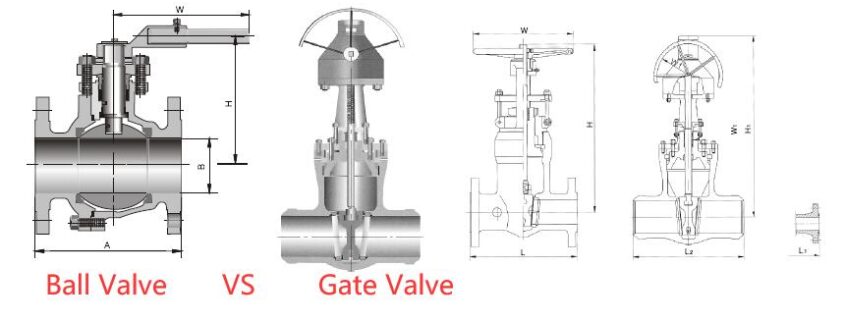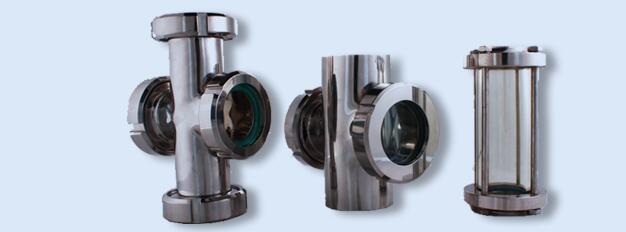What’s The Difference Between Carbon Steel And Cast Iron?
What’s The Difference Between Carbon Steel And Cast Iron? Carbon steel is an iron – carbon alloy with a carbon content of 0.0218% to 2.11%. Cast iron generally has a carbon content of 2.5% to 3.5%. Carbon steel castings has relatively good strength and toughness and is used to manufacture various mechanical parts and metal […]
What is the material of WCB / LCB / LCC / wc6 / WC9 in the valve?
WCB / LCB / LCC / wc6 / wc9 are commonly used materials for valves, but many people don’t know what they mean. Let’s introduce these materials in detail today W. Wrought casting; C-carbon steel; A. B, C indicates the strength value of steel grade from low to high WCA, WCB and WCC represent carbon […]
Ball Valves
Ball Valves Introduction This article contains all the information you need to know about Ball Valves. Read further and learn more about: What is a ball valve and how does it work? Parts of a ball valve Types of ball valves Materials of construction of ball valves Advantages and limitations of ball valves And much […]
Which is better gate valve or ball valve
In real life, there are many valve products, but the most common valves are ball valves and gate valves, which are also used the most. However, for people who buy ball valves and gate valves, we will know what kind of use and function they […]
How to install the Stainless steel sight glass?
Flange sight glass and wafer sight glass I think that is to say this kind of commodity. The standard name of the Ministry of chemical industry is high-pressure vessel flange sight glass. Due to the structure, that is, a whole piece of laminated glass is sandwiched between the two tablet flanges, which is called tablet […]

